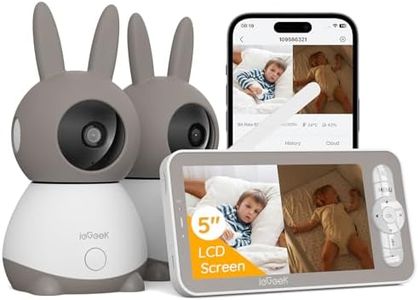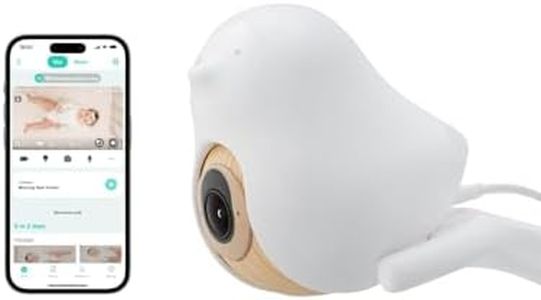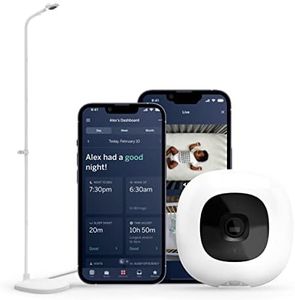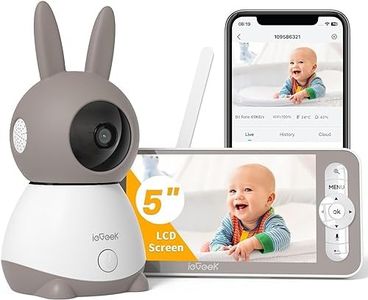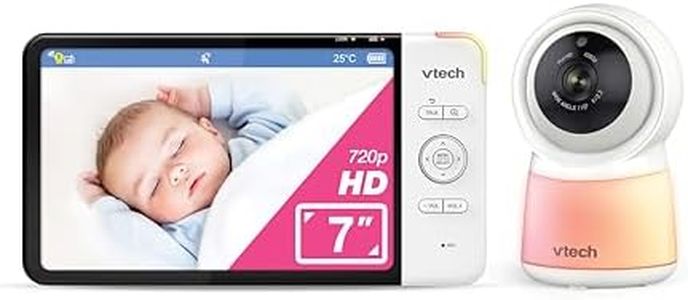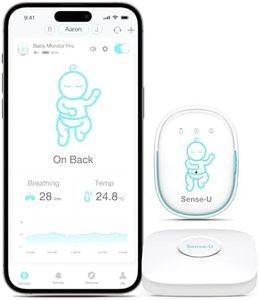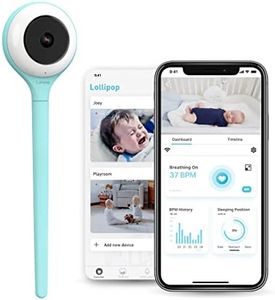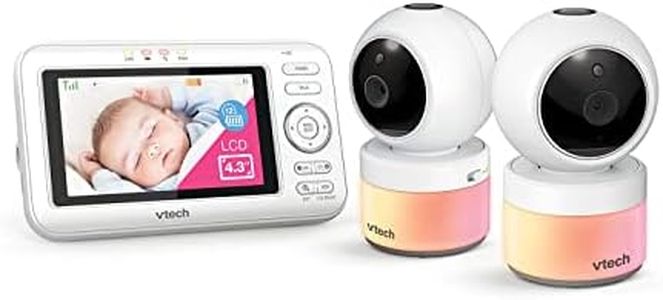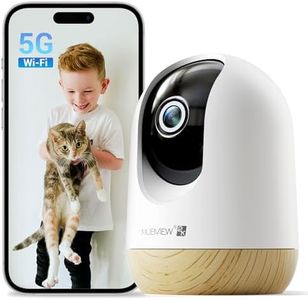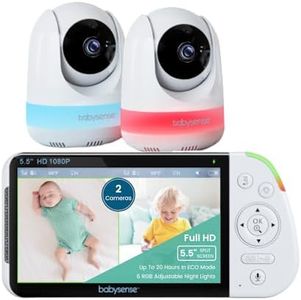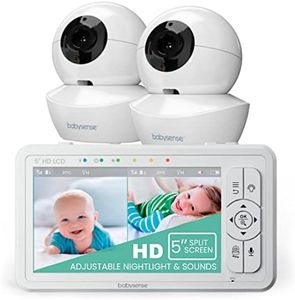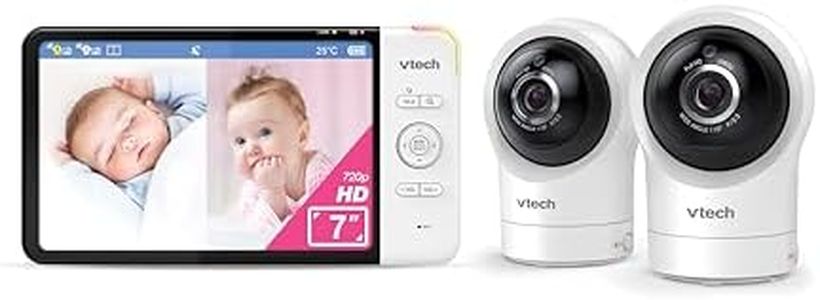We Use CookiesWe use cookies to enhance the security, performance,
functionality and for analytical and promotional activities. By continuing to browse this site you
are agreeing to our privacy policy
10 Best Wireless Baby Monitors
From leading brands and best sellers available on the web.Buying Guide for the Best Wireless Baby Monitors
Choosing a wireless baby monitor is all about finding the right balance between peace of mind, convenience, and the specific needs of your family. Think about your home layout, how often you move around, whether you want to see or just hear your baby, and if you'll use the monitor for travel. It’s worth considering which features will actually help you feel reassured and which are more for convenience. Having a clear sense of your priorities will help you select the best monitor for your situation.RangeRange is the maximum distance over which the baby monitor can transmit audio or video between the baby's room and the receiver. This is important because if you have a large house, garden, or plan to use the monitor outside your baby's room, you need to be sure the connection stays reliable. Monitor range can typically be divided into short (up to 300 feet), medium (300-800 feet), and long range (800 feet and above). Think about where you'll frequently use the monitor; if you want to roam the house or yard, go for a longer range, but for small apartments, even a short range monitor will work well.
Audio vs. VideoThis refers to whether the monitor transmits just sound or both sound and live video. Audio-only monitors are simpler and generally easier to use, letting you listen for your baby's noises. Video monitors let you see your child, which can be extra reassuring, especially if they are very young or you want to check if they're just quietly awake or fussing. If watching your baby is important to you or if a visual check helps you make better decisions at night, go for a video monitor—otherwise, audio may be all you need.
Battery LifeBattery life tells you how long the monitor’s receiver (the part you carry with you) can run before needing a recharge or fresh batteries. Longer battery life means less hassle, especially overnight or for naps during the day. Battery life differs between monitors: some last only a few hours, while others can run over a whole day. If you don’t want to worry about frequent charging or swapping batteries, focus on monitors with better battery life, particularly if you plan to carry it around the house.
Signal SecuritySignal security is about making sure that your monitor’s audio and video aren't picked up by others nearby. Digital monitors usually offer better privacy protection through encryption, while older analog monitors might be easy for others to intercept. If privacy matters to you, look for monitors that highlight secure, encrypted digital signals. This is especially important if you live in an apartment building or crowded area.
Display FeaturesDisplay features cover things like screen size, image quality, night vision, and sound/light alerts. Bigger, clearer screens help you check on your baby quickly, and night vision lets you see in the dark. Sound or visual alerts can help if you’re in a noisy room or have the monitor on mute. Think about how you’ll use these features—night vision and clear image matter most for newborns or low-light situations, while alerts and good audio are useful if you multitask while listening.
Portability and Mounting OptionsPortability is how easy it is to move both the baby unit (camera) and the parent unit (receiver), while mounting options are about how easily you can set up the camera in different places. Some monitors are designed to stand, clip, or mount on the wall or crib, while others are more for tabletop use. If you travel or want to move the camera between rooms, choose a model with simple mounting or a compact design.
Two-way TalkTwo-way talk lets you speak to your baby through the monitor from elsewhere in the house. It's handy for soothing your baby without entering the room, or for talking to another caregiver. If you think you’ll use this feature (for example, calming an older child or checking in with a partner in the nursery), make sure the monitor offers clear two-way communication.
